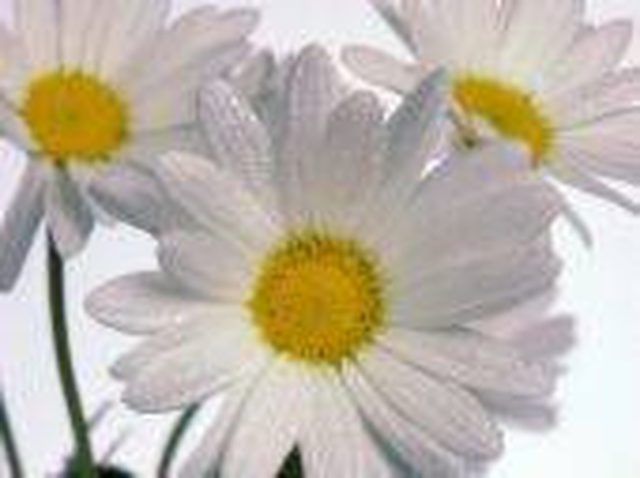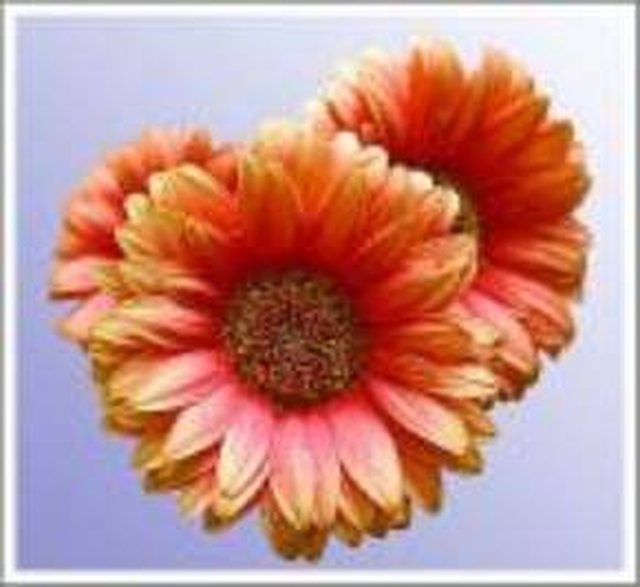Bulbs
Flower Basics
Flower Beds & Specialty Gardens
Flower Garden
Garden Furniture
Garden Gnomes
Garden Seeds
Garden Sheds
Garden Statues
Garden Tools & Supplies
Gardening Basics
Green & Organic
Groundcovers & Vines
Growing Annuals
Growing Basil
Growing Beans
Growing Berries
Growing Blueberries
Growing Cactus
Growing Corn
Growing Cotton
Growing Edibles
Growing Flowers
Growing Garlic
Growing Grapes
Growing Grass
Growing Herbs
Growing Jasmine
Growing Mint
Growing Mushrooms
Orchids
Growing Peanuts
Growing Perennials
Growing Plants
Growing Rosemary
Growing Roses
Growing Strawberries
Growing Sunflowers
Growing Thyme
Growing Tomatoes
Growing Tulips
Growing Vegetables
Herb Basics
Herb Garden
Indoor Growing
Landscaping Basics
Landscaping Patios
Landscaping Plants
Landscaping Shrubs
Landscaping Trees
Landscaping Walks & Pathways
Lawn Basics
Lawn Maintenance
Lawn Mowers
Lawn Ornaments
Lawn Planting
Lawn Tools
Outdoor Growing
Overall Landscape Planning
Pests, Weeds & Problems
Plant Basics
Rock Garden
Rose Garden
Shrubs
Soil
Specialty Gardens
Trees
Vegetable Garden
Yard Maintenance
How Does a Daisy Reproduce?
How Does a Daisy Reproduce?. Ox-eye daisies are blossoming plants. The scientific name for the ox-eye daisy is Leucanthemum vulgare. Ox-eye daisies are also known as white daisies, the field daisy, and sometimes the marguerite daisy. Daisies are considered to be a symbol of patience. The origin of the ox-eye daisy is Asia and Europe. However, they...

The Ox-eye Daisy
Ox-eye daisies are blossoming plants. The scientific name for the ox-eye daisy is Leucanthemum vulgare. Ox-eye daisies are also known as white daisies, the field daisy, and sometimes the marguerite daisy. Daisies are considered to be a symbol of patience. The origin of the ox-eye daisy is Asia and Europe. However, they are seen all over the world from Africa to South and North America. In as many as 40 countries, the daisy is regarded as an irritating weed. Daisies thrive in all kinds of environmental settings. They are, generally, seen predominantly in regions where the earth is deprived of nutrients.

Bellis Perennis
There are many types of Daisies. A Bellis Perennis is a European type of Daisy and is typically related to as the common daisy, English daisy or the lawn daisy. The Bellis Perennis is greatly populated in central, western, and northern Europe. However, it is also significantly and naturally grown in North America as well. In North America, the Bellis Perennis is regarded also as a persistent weed growing blossom. Daisies are herb-type plants. They consist of minute rhizomes and small rounded leaves that are two to five centimeters in length and they develop close to the earth. Daisies are basically a general term that refers to blossoms that have an inner disk and consist of countless small fertile flowers that are encircled by very delicate, brilliant-colored petals. The name daisy is said to be an altered form of the phrase "day's eye." This is because the head of the daisy shuts at night and reopens once the morning appears.

How Does a Daisy Reproduce?
There are two ways that daisies reproduce which include seed (sexual) reproduction or vegetative (asexual) reproduction. In sexual reproduction, insects play an important part in the reproduction of daisies and other plant life by the transference of pollen. The transference of pollen preserves genetic multiplicity. This process that plants undergo is referred to as pollination. Insects leave their pollen in the stamen of a flower and the flower acts as a go-between for the unification of male sperms and female ovum for the purpose of producing seeds. Pollination is followed by fertilization. Fertilization pilots the creation and distribution of the seeds. Vegetative reproduction is a form of asexual reproduction which requires only one parent. New self-regulating forms of plant life are produced devoid of the manufacturing of seeds. Asexual reproduction does not require ploidy, reduction, meiosis, or fertilization. Daisies can be reproduced by either of these methods.